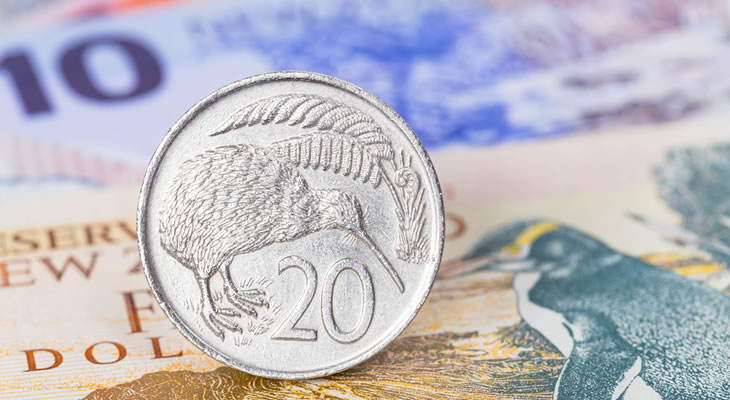- Pound Sterling New Zealand Dollar Climbs to 1.7565 – New Zealand Dollar to Pound Sterling Slides to 0.5690
- Chinese July Manufacturing PMI Disappoints – Slides to 51.4 from 51.5, Reducing Demand for NZD
- New Zealand ANZ July Business Confidence Drops from 24.8% to 19.4%
The Pound to New Zealand Dollar exchange rate climbed today as China reported that its official manufacturing PMI for July printed at 51.4, below expectations.
Senior Statistician Zhao Qinghe from the National Bureau of Statistics attributed the drop in manufacturing activity to a spate of negative weather conditions – particularly severe rainfall and flooding.
With a level of 50 indicating expansion, negative oscillations so close to the line are enough to cause anxiety, especially with China being the primary recipient of New Zealand’s dairy exports. This news was enough to put pressure on GBP/NZD.
GBP NZD Climbs as New Zealand Business Confidence Drops
Data published overnight showed that New Zealand’s business confidence index dropped to 19.4 in July from 24.8 in June – a previous 9-month high. However, despite this drop, seasonally adjusted business confidence climbed by 2 points.
ANZ economists point to the antipodean nation’s colder months traditionally coinciding with a drop in confidence, although the price of construction costs and endemic labour skill shortages also contributed to the fall – even if dairy prices provided a boost.
Whilst this wasn’t the primary mover for this pairing, it did contribute to demand for the ‘Kiwi’ diminishing.
What can we expect for GBP NZD after this Week’s BoE Meeting?
The Bank of England’s (BoE) highly anticipated rate decision is due this Thursday, and investors are currently hoping that some form of clarity will be gained in respect to the future path of interest rates.
Whilst last week saw the release of the UK’s Q2 GDP figures, which met expectations, political uncertainties still dominate Sterling’s outlook, particularly regarding the ongoing process of Brexit. Indeed, notably this week; Trade Minister Liam Fox and UK Chancellor Philip Hammond disagreed on the concept of a transitionary deal bridging the gap following the official Brexit date of March 2019.
No 10 also issued the following statement:
‘Free movement will end in March 2019. We’ve published proposals on citizen’s rights. Last week the home secretary set out a registration system for EU nationals arriving post March 2019’.
Thursday’s BoE meeting will shed some light on exactly how the BoE regards the state of Britain’s economy, but with the current political outlook being so volatile, unless a significantly hawkish sentiment is recognised then the Pound could pare gains – especially in the medium-term.
Markets currently predict that the BoE will maintain its current interest rate of 0.25%, but should there be any indication of hawkish sentiment in the accompanying statement then the Pound may well find space to rally in the short-term.


Comments are closed.